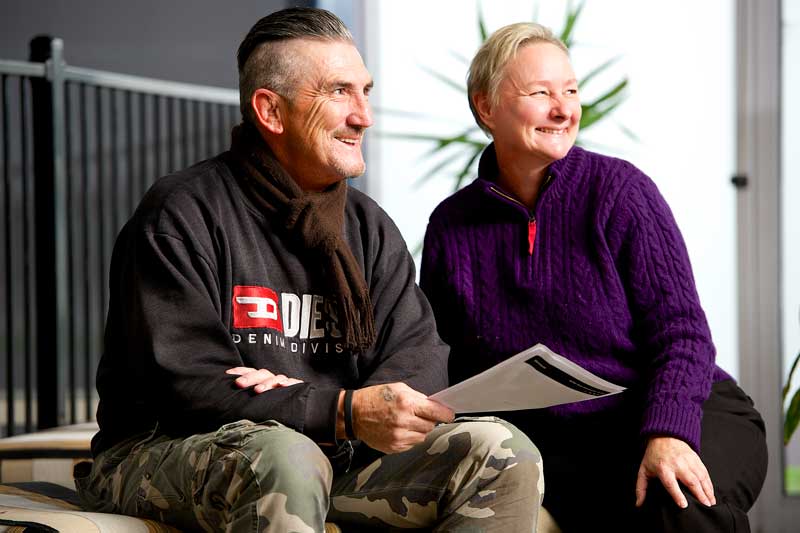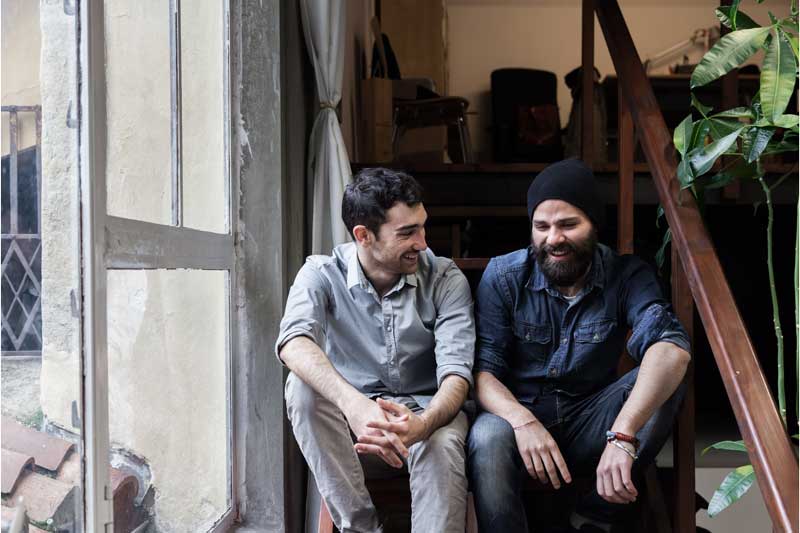
Homelessness Recovery Model
The Homelessness Recovery Model provides a pathway out of homelessness by supporting people to regain their health, confidence and independence.

Homelessness is more than just an absence of housing. It is a complex health and social condition that is often linked to trauma. Supporting people to recover from an experience of homelessness starts with a return to housing but must also support to develop or regain personal capacity and community connections.
VincentCare’s Homelessness Recovery Model is grounded in evidence and our extensive experience working with people who are experiencing or at risk of homelessness. It is underpinned by our Homelessness Recovery based Practice Principles which resonate strongly with our mandate and purpose as a housing and homelessness service provider.
Trauma exposure is a common pre-cursor to an episode of homelessness, often increasing when someone becomes homeless. It can complicate a person’s return to housing stability and independence. Subsequently, recovery from homelessness and trauma can be a long and complex journey.
Our experience tells us that a focus on housing alone is not enough for people who have experienced significant homelessness – what is critical is how support is designed and delivered. It goes well beyond employing capable staff, or placing people in temporary or inadequate housing.
VincentCare’s Homelessness Recovery Model is grounded in evidence and our extensive experience working with people who are experiencing or at risk of homelessness.
The model comprises four key elements that integrate to provide the client with a continuum of care. It places emphasis on creating opportunities for people to reconnect with their communities of choice, or establish new pathways that enable recovery and growth. It is designed to maximise choice, acknowledge and respond proactively to diversity, ensure service responses are aligned with recovery principles, and create a sense of hope for the future.
1. Client Engagement
The Client Engagement Framework ensures that staff and volunteers and equipped with the skills and knowledge to minimise service refusal, address access barriers and reduce service attrition.
2. Client Coordination
The Client Coordination System includes consistent and thorough screening and assessment, and efficient internal and external service coordination. It ensures that each client is able to access a timely and informed response.
3. Case Management
Case Management integrates with our Client Coordination system to harness person-centred, strengths-based and trauma-informed care. We customise an achievable, sustainable and self-directed plan with a focus on reconnection and recovery.
4. Client Participation
The Client Participation Framework outlines a range of opportunities that build recovery capital, informing service delivery and decision making.



